Blended Learning – a Comparison of the approaches at HdM Stuttgart and NTU Singapore
Blended Learning – a Comparison of the approaches at HdM Stuttgart and NTU Singapore
05.03.19
In this interview, two renowned experts share their perspective on the current and future use of blended learning in a university context based on their own experiences. Using the blended learning format, Ms. Quade teaches at different universities in Germany such as the Hochschule der Medien in Stuttgart and the University of Applied Science in Berlin. Mr. Dr. Looker is currently Head of the Teaching, Learning and Pedagogy Division at the Nanyang Technological University in Singapore, which was named the world’s best young university in Quacquarelli Symonds’ (QS) ranking of 2019. Their answers give insights and make a comparison between the status quo in Germany and the benchmark of a top university from Singapore possible.
![Blended Learning is the combination of analogue and digital learning. Photo: [https://unsplash.com/photos/gcsNOsPEXfs William Iven] A person working with pen and computer.](/sites/default/files/images/blog/william-iven-19843-unsplash.jpg)
The term blended learning is being used in various ways. In your opinion, which criteria have to be met in order to use the term properly?
Quade: Blended learning combines the best of two worlds. It is important to have a clear didactic guiding threat between online and face-to-face course units. The most important criteria are the adaption to the needs of the learner and the addressing of future competences such as digital expertise or collaboration skills as fundamental parts and at the same time opportunities of the didactic concept.
Looker: To use the term properly, blended learning should refer to teaching that weaves educational technology (new technologies, I suppose) into all aspects of the course, both inside and outside the classroom. Too often people think of blended learning as using, say, online learning outside class time, and traditional face-to-face that is “technology free” inside the class.
From your point of view, what are the three most important conditions for a successful use of blended learning at a university?
Quade:
- A competent e-learning center that provides a didactic coach and proper digital tools as a service for the lecturers is indispensable. Without it blended learning stays an exception that is only applied by a few instructors out of personal motivation.
- A university administration that advocates blended learning and provides the formal scope for it. A good example for this is the University of Applied Sciences in Berlin. Already 20% of their courses follow the blended learning concept and faculty members can easily complement face-to-face lectures with online add-ons without being restricted by complicated formal regulations.
- Digital methods of examinations and portfolio assessments have to be formally authorized and need to be technically implemented into the corresponding e-learning platforms.
Looker: The three most important conditions are:
- Everything that is done in the course has a purpose in achieving the desired learning outcomes, and fits together for that purpose.
- Technology is used to engage students in activity-based learning and activities are sequenced meaningfully.
- Students understand how to use the technological part of the course for learning. It is often said the students are digital natives, but that does not mean they know how to learn using technology. This may require explicit guidance.
To which extent is blended learning already a part of everyday teaching at the HdM/ NTU (Please give examples)?
Quade: I have always been teaching my course Design Agility with the blended learning format. Which means that 50% of the seminar is taking place online. The evaluations confirm that this approach is successful. However, I cannot assess the extent to which blended learning is being integrated throughout the whole institution.
Looker: NTU has gone a long way towards instituting blended learning across the campus. The university has been systematically “converting” courses with the intention of having at least 50% of undergraduate courses as legitimately blended learning – those that have gone through the process of development described above – by 2020. All schools have a technology-enabled learning representative whose role it is to support and encourage faculty in the development of Technology Enabled Learning.
![Blended Learning - the right seasoning is key. Photo: [https://unsplash.com/photos/PYpPX76yZ1A Clem Onojeghuo] Box of salt and pepper.](/sites/default/files/images/blog/clem-onojeghuo-97640-unsplash.jpg)
What are the concrete results that you have achieved in courses with a shift to a combination of in-class lectures and online parts of the learning process?
Quade: The students took more responsibility within their learning process and for their results (ownership). They have used collaborative tools and learned about effective communication in their teams, which they absolutely need in their daily work after graduating. They have learned to work on a project over a period of three months, with small sub-steps, so-called sprints on their own responsibility. The the results (media prototypes) are therefore completely their own achievements.
Looker: NTU has conducted a large-scale review of the effects of blended learning on a number of courses. The report has not yet been published, but provisional conclusions are that in many cases students report greater engagement in the activities. We will be looking at potential changes in learning outcomes, as well.
What kind of feedback have you received from students and lecturers?
Quade: The evaluations and results are consistently very positive. Many students are skeptical in the beginning and end up being totally amazed by how much more sustainable they are able to learn. That´s why the students from the major Media Publishing really like to choose the course and it is in high demand.
Looker: The feedback has been mostly positive, but mixed, from both students and faculty. In terms of students, it depends on whether the technology is being used in a meaningful way or not and whether they see it as contributing to their grades. As always, we have a number of faculty who are enthusiastic and real champions and faculty at the other end who are resistant to change. Some criticism has come from faculty about the process of implementation, whereby external vendors work with them in the development of online material. On the other hand, many faculty appreciate the “blended” nature of the development itself. In the past, faculty were often individually responsible for the development of courses – the lone academic – whereas now, they are part of a team that involves academic developers with regard to pedagogy and learning designers with regard to technology development.
Despite the promising results, traditional lectures are still the standard and everything else seems like an exception. Why is the process faltering? What kind of obstacles do you encounter in your everyday work?
Quade: Many lecturers eschew the change, the higher workload and doubt that the students can independently keep up with their tasks. In my opinion, it has a lot to do with trust and giving up control. Blended learning requires a more frequent and active exchange with students. This is only possible with a good e-moderation and the above mentioned guiding thread between in-class and online lectures. Many lecturers are (still) not ready for this. “The consultation-hour of a lecturer is online available 24/7”, a statement of my colleague Prof. Marcus Birkenkrahe, an absolute pioneer in this topic. Based on my own experiences, I can only confirm this.
Looker: This is both true and not true. At NTU there has been a substantial drop in the number of lectures and the number of courses offering lectures because of blended learning. This has happened to the point where some lecture theatres that were once active are now only occupied 20% of the time and the university is looking at “decommissioning” them as lecture theatres. In the courses that have dropped lectures, or dropped the lecture – tutorial system, classes tend to consist of seminars, or Team-Based Learning style classes.
Lectures themselves tend to fall into two types. There are still a number of traditional lectures where the lecturer talks for the whole time. However, there are now a number of “blended” lectures that are interactive, and use various forms of technology to engage students in debate, answering questions, getting feedback, and so on. (There is a video forthcoming on 5 March of a large enrolment physics class (over 1000 students) that is not at all like a traditional lecture, and it attracts around 90% attendance.)
Why do traditional lectures persist, in spite of the evidence that they are less effective in terms of student learning than other approaches? Possibly this has to do with the lecturer’s view of him or herself as a subject expert. It may be that subject expertise is part of personal identity, and that personal identity is reinforced every time you give a lecture that shows your expertise. (Just a thought.) When we introduced all the new collaborative classrooms at NTU – one of the most significant contributions to the facilitation of blended learning at NTU – some faculty complained that they had lost their authority, so issues like this need to be taken into account. (We have NO front facing tutorial rooms left, and 230 collaborative, technology-rich learning spaces.)
The application of blended learning requires a large amount of digital educational resources. Is there already enough supply in your country or is it still the task of every respective lecturer to create them?
Quade: I would like to challenge this statement. I think you only need three components.
- The will to move forward.
- Simple, inexpensive tools to create screencasts and podcasts.
- And like I mentioned before, the support by an e-learning center and the head of a university.
That’s all. Where there’s a will, there’s a way.
Looker: There is no doubt that in Singapore the resources are abundant. It is not up to the lecturers. NTU has 50 learning designers devoted to helping faculty in TEL development, and the university is extremely well-equipped in terms of hardware and software. Important to note too, that Singapore students are very well connected.
![The pillar for new educational opportunities. Photo: [https://unsplash.com/photos/SIU1Glk6v5k Neil Thomas] Statue of an arm holding a tree.](/sites/default/files/images/blog/neil-thomas-329602-unsplash_0.jpg)
When they start out with the new concept, lecturers are often told to just try out and experiment. Other than that, are there any clear guidelines at your university about what works in specific use cases and what doesn’t, which could provide orientation within the countless possibilities and tools?
Quade: I personally support this approach. Effectuation, or as we call it: “Kühlschrankprinzip” (“fridge principle”). It says, you should check out what’s available before you go shopping for a complicated menu outside! On the other hand, there are certain recommendations, but I haven´t heard of clear guidelines yet. The speed of progress in this field is overwhelmingly fast. The market of tool providers for example is constantly changing. However, e-learning centers at universities can provide help in certain categories such as choosing the right hardware to create screencasts.
Looker: As noted above, NTU has devoted a lot of energy to systematically introduce blended learning. There are approved processes, school representatives, steering committees, developmental processes, and approval processes that involve ensuring the quality of development in relation to intended learning outcomes. In addition to that, the university offers what are called EdeX educational project grants to provide funding for faculty to undertake their own forms of development in terms of educational technology. These grants are rigorously assessed by a panel of experts.
How do you assess the current situation in your country regarding digitization in higher education and the use of blended learning in an international comparison? In your opinion, is your country a pioneer or is there still a lot to catch up?
Quade: I think Germany is certainly not in a pioneering role here. Most of our universities still rely on traditional lecture theatres. Possibilities, to learn and work in a more collaborative manner like we know it from the design thinking approach, which has a strong focus on teamwork are often, due to the underlying resources, not existing. However, I know that many colleges from various institutions have at least started to initiate a transformation process.
Looker: In my own experience of Australia and Singapore, while digitalization is moving forward in both, Singapore is more systematic in implementation. I would say that NTU is ahead of other places I know in that it has not only provided a massive infrastructure for digitalization in terms of educational technology, but has provided a massive built environment infrastructure to enable the digital environment.
Are there blended learning competencies that play a minor role in traditional teaching, and could prepare students better for the challenges of Work 4.0 and the changing working environment in your country?
Quade: Yes, I think that blended learning can help students to better learn and develop the so-called 21st century skills. Through various studies researchers identified a specific skill set that companies will more and more look for in the job market of the future. Just to name a few: Critical thinking and problem solving, communications and collaboration, creativity and innovation and everything combined with the ability to use Information and communication technologies (ICT) effectively.
Looker: I am not sure I understand this question entirely, but it seems to me that we are still not quite fully cognizant of the need to model the digitalization of the real world in which students will work. There is still a kind of separation between university and the world that allows traditional teaching to be conducted without preparing students for a digitalized world. This is a problem we need to address.
How do you think does teaching at your university looks like in 10 years?
Quade: I really hope that the rooms become more flexible and I hope that my credo of today will be normality: “The question is not if we digitize, the question is – why not?
Looker: Always difficult, and perhaps foolhardy to predict that far ahead, but my guess is that blended will become seamless to the point where there is no sense in using the term blended. It will just be about how we learn. The physical campus will have a different meaning in that it is becoming one node in a network of nodes in which student learn, however, it will not lose its significance. Face-to-face teaching will always be there because it is in the nature of human being to like company and to learn in that way, however I think the traditional lecture will disappear. It is becoming more and more difficult to justify them pedagogically, or in any other way than through economics of scale.
The interviews were conducted by Mathias Schweikert.

Stefanie Quade
Stefanie Quade is a workshop facilitator, lecturer and digital publishing consultant from Berlin, Germany. She teaches at various universities like the Hochschule der Medien in Stuttgart and the University of Applied Science in Berlin. Her academic world is based on researching for her PhD in London in social learning and soft system thinking. Her newest book project is called “DesignAgility – Toolbox Media Prototyping.”

Peter Looker
Peter Looker is currently Head of the Teaching, Learning and Pedagogy Division at NTU in Singapore and has been working in learning and teaching development since 2002, after being a lecturer and Associate Professor in English Literature for 16 years. He has worked at the Australian National University, UNSW (Canberra and Sydney), UNSW Asia, University of Newcastle, and as a learning and teaching consultant at City University, Hong Kong. He has several awards related to learning and teaching development from the Australian Learning and Teaching Council, and has been an active member of the Carnegie Association for the Scholarship of Teaching and Learning in the US. His areas of expertise are in designing and running professional academic development programmes, development of learning and teaching policy, and the evaluation of teaching, and development of new learning spaces.
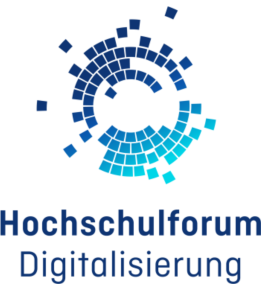
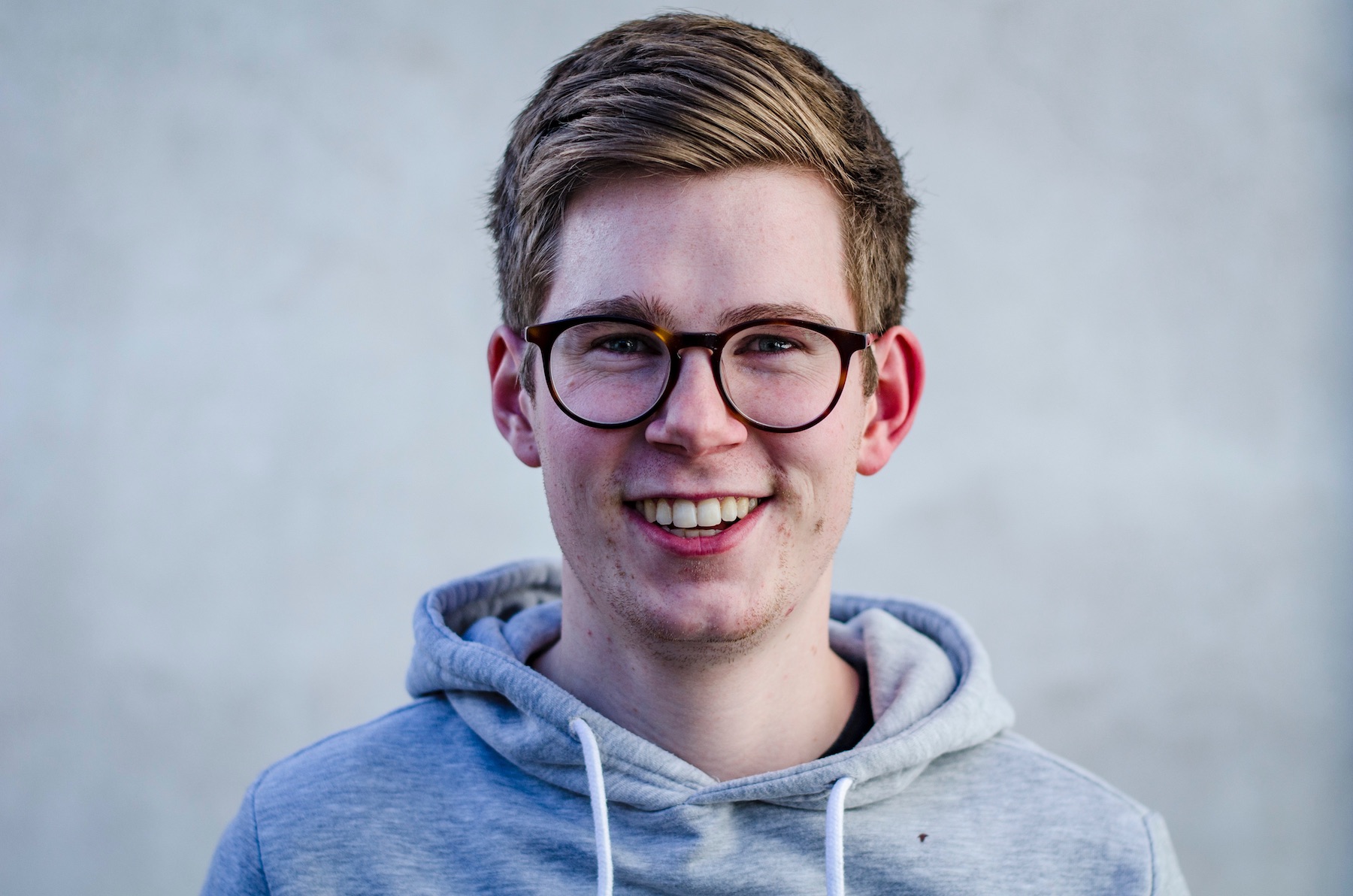
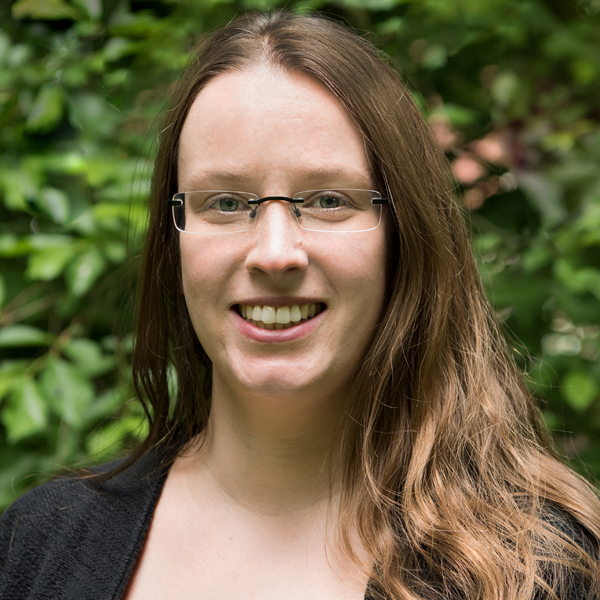 Jannica Budde
Jannica Budde 
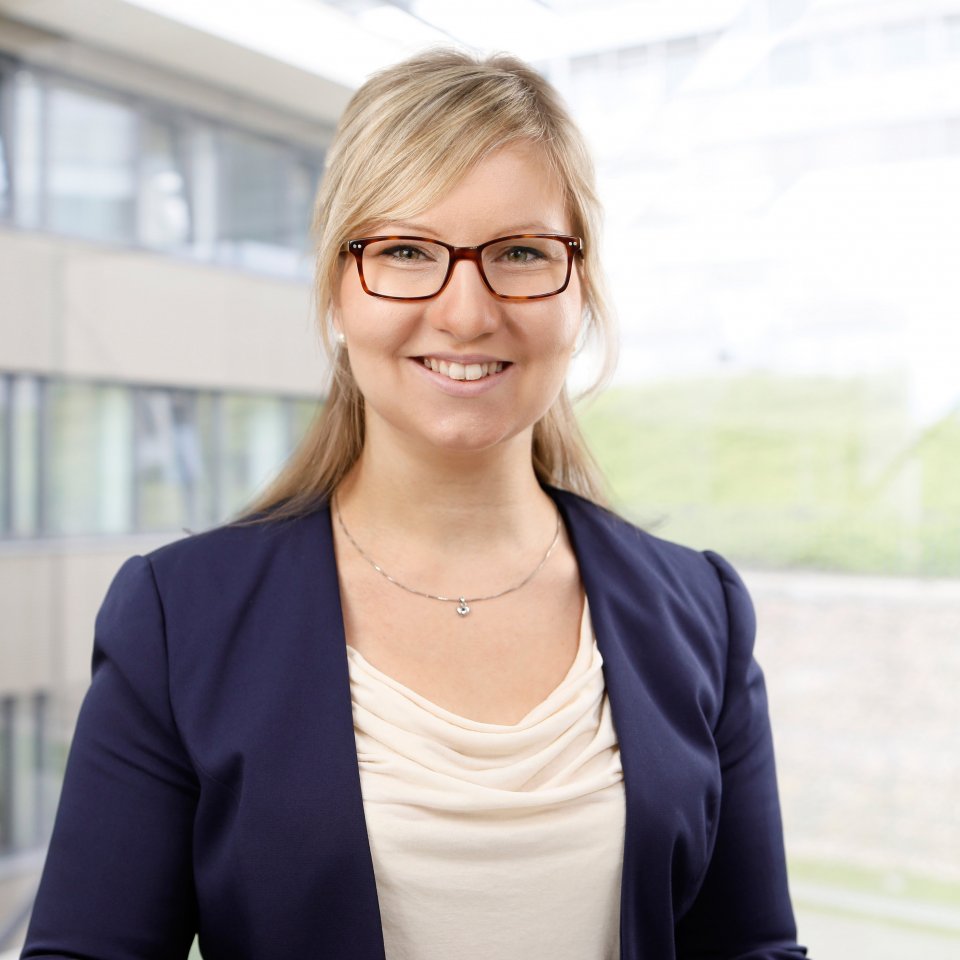 Tina Basner
Tina Basner 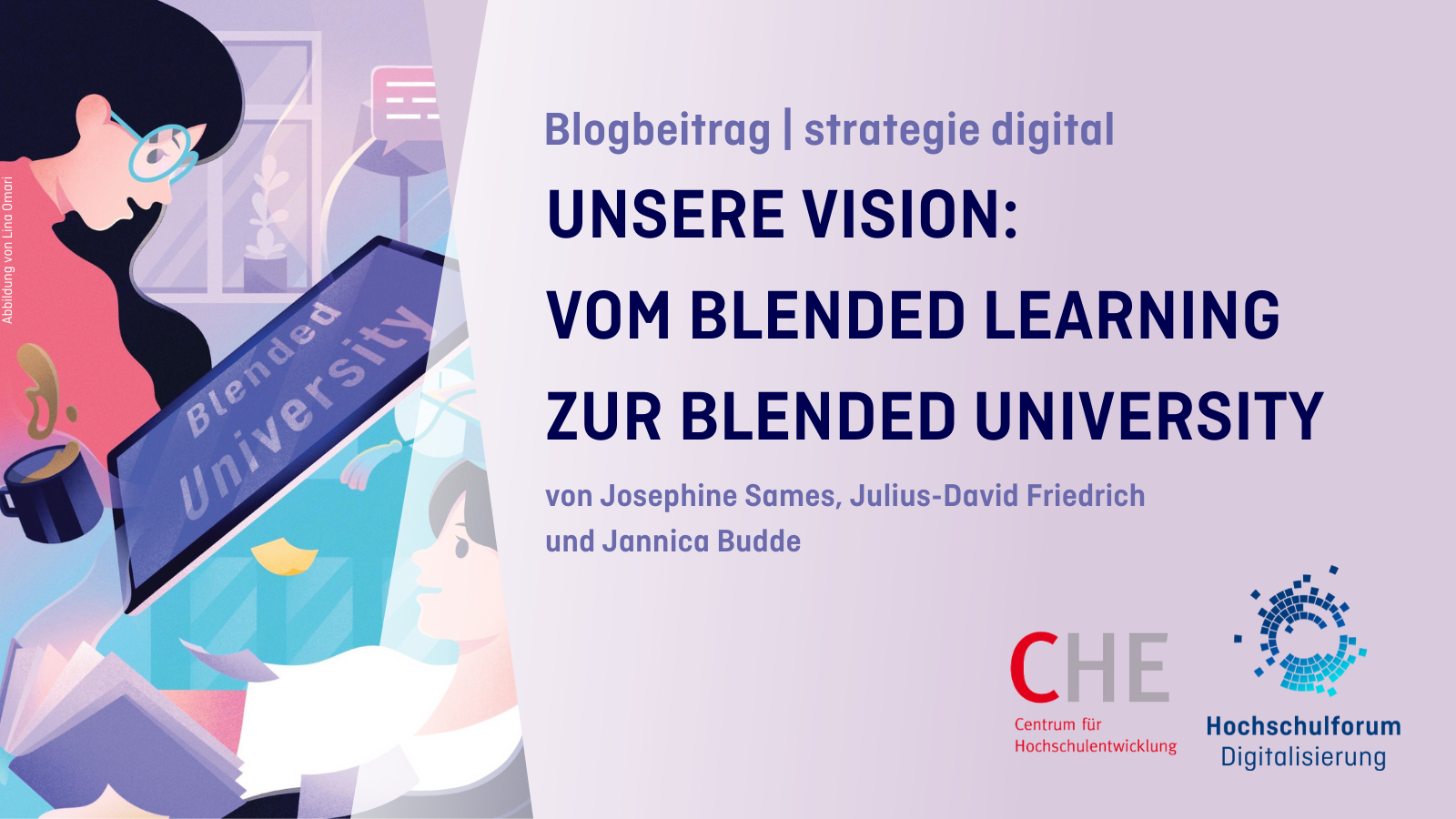
 Josephine Sames
Josephine Sames